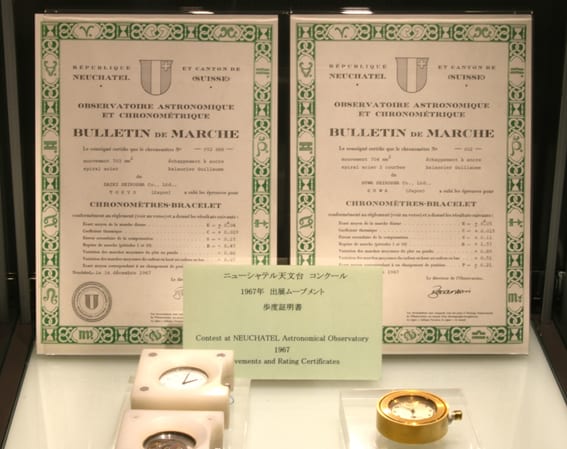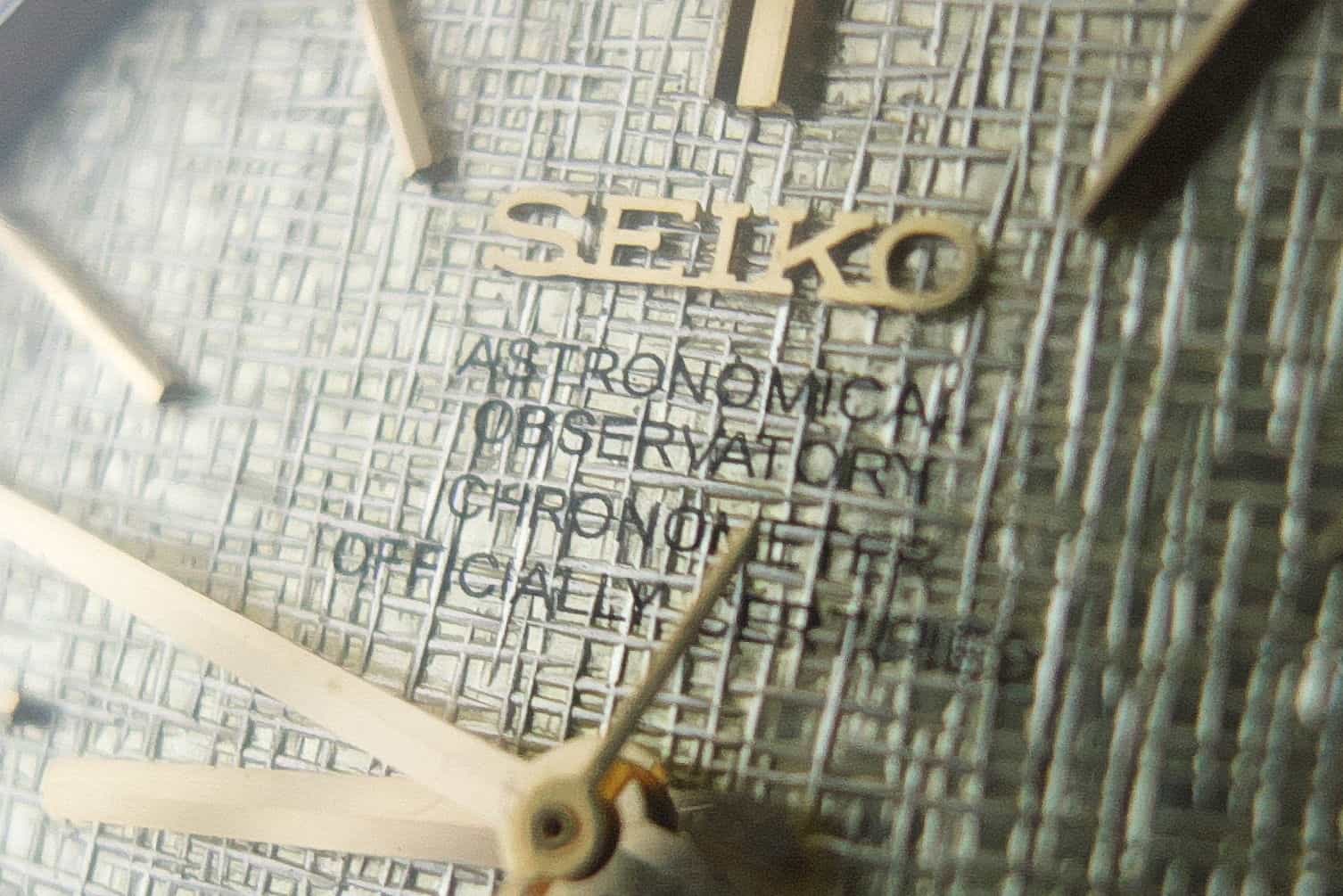For those who are interested in vintage chronometers—and the history of horology in general—there is a new website available for you to sink your teeth into. Dr. Christian Müller—a medical doctor in Germany and an avid chronometer enthusiast—has created the Observatory Chronometer Database (OCD), which compiles every movement submitted under the wristwatch category that passed the Neuchâtel Observatory competitions from 1945 to 1967—all 3,356 of them!
The Neuchâtel Observatory competitions were a series of timing tests that took place over several days each year. The movements that passed were issued a certification—a “Bulletin de Marche”—classifying them Observatory Chronometers. The competitions were open to all manufactures. As such, Seiko began entering movements in the 1964, and by 1967 the brand was regularly winning top prizes. The story goes that Seiko’s dominance contributed to the demise of the trials, as the Swiss did not like losing to the Japanese giant. 
The database gives fantastic details about the movements, including serial numbers, the movement size, the “regleur” (the watchmaker who adjusted the movement), and the score the movement received.
The OCD was just recently made public, and it’s a valuable (and free) resource for all horology enthusiasts interested in this crucial and important chapter in the history of precision timekeeping.









 Featured Videos
Featured Videos








